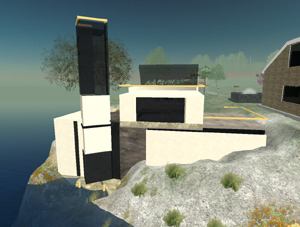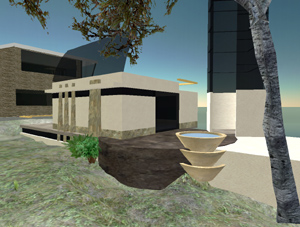As a longtime Frank Miller fan, I’ve been following the film adaption of his Sin City comic series with interest, and today Wired has a nice write up on it including some behind-the-scenes details involving everything from white blood f/x to blue-blood film clubs (in this case, the DGA).
The soon-to-be-released film is interesting on multiple levels:
– aesthetics could have a wide-ranging impact in multiple disciplines (similarly to how Miller’s Dark Knight Returns comics obviously influenced Tim Burton’s design of the early Batman movies… which themselves influenced IDers and real products in other ways).
– the digital technology Rodriguez is using not only solves artistic issues in bringing this difficult piece to the big screen, it’s at the core of what scares the entrenched studios so badly: losing control.
– the business dealings surrounding how the movie is being made and financed (typically anti-establishment Rodriguez) is indicative of perhaps a larger trend: artists wresting control of their creations from corporate handlers (who seem to think, as has been documented in Terry Gilliam’s battle over “Brazil”, they can improve upon a work by making their own inexperienced and unqualified edits and modifications).
Sin City, the movie, could mark a significant milestone for content creators of all types. For a peek at the trailer, you can find it here.




